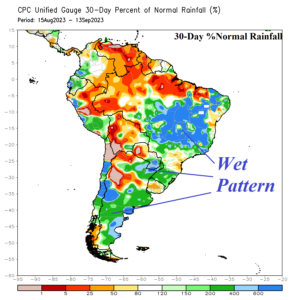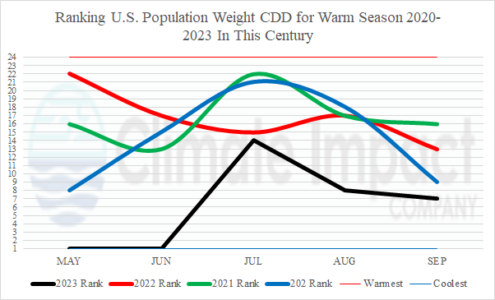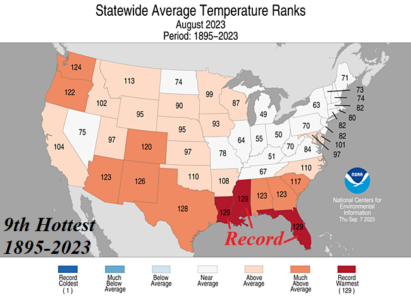09/15/2023, 5:43 am EDT
During the past 30 days a wet climate has emerged across Brazil, Chile, and eastward across Central Argentina. The wet pattern was somewhat unexpected. The rainy pattern has shifted soil moisture wetter in Central/East-central, and Southeast Brazil and eroded Chile and Argentina drought.
![Climate-Impact-Company-logo-sm[1]](https://climateimpactcompany.com/wp-content/uploads/2023/08/Climate-Impact-Company-logo-sm1.png)



